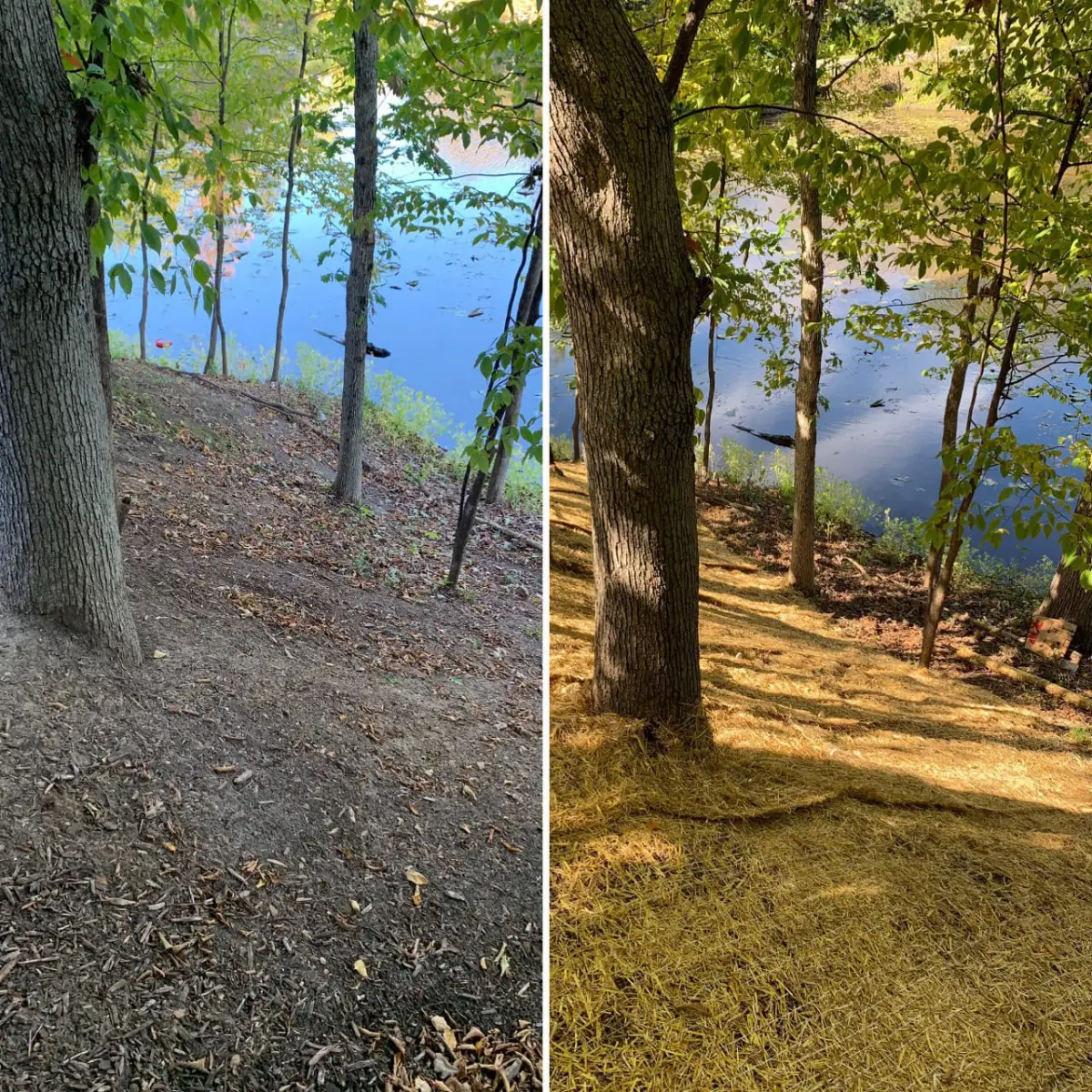The Role of Natural Materials in Erosion Control Blanket Sustainability
Understanding Erosion Control Blankets
Why Sustainability Matters in Erosion Control
Reducing Environmental Impact
Supporting Ecosystem Health
Encouraging Renewable Resource Use

The Role of Natural Materials in Sustainability
Coir (Coconut Fiber)
Durability and Longevity: Coir has a slow decomposition rate, lasting up to 3-5 years in natural conditions. This provides long-term erosion control, giving vegetation ample time to establish.
Water Retention: Coir fibres can retain moisture, creating an ideal microenvironment for seed germination and plant growth.
Eco-Friendly Disposal: Once decomposed, coir enriches the soil with organic matter, enhancing its fertility and structure.
Jute
Biodegradability: Jute decomposes within 1-2 years, leaving no toxic residues.
Soil Enrichment: As it breaks down, jute adds organic matter to the soil, improving its health.
Cost-Effectiveness: Jute is one of the most affordable natural fibres, making it accessible for large-scale erosion control projects.
Straw
Short-Term Protection: Straw is ideal for projects requiring short-term erosion control, such as construction sites or seasonal vegetation establishment.
Abundant and Renewable: As an agricultural byproduct, straw is both sustainable and cost-effective.
Ease of Application: Straw blankets are lightweight and easy to install, making them a practical choice for many applications.
Applications of Natural Erosion Control Blankets
Agriculture
Infrastructure Projects
Rehabilitation Efforts
Coastal Protection
Roof Greening
Sustainability Beyond Material Choice
Production Processes
Local Sourcing
Recyclable Packaging
Economic and Environmental Benefits
Cost Savings
Job Creation
Carbon Sequestration
Enhanced Soil Health
Challenges and Solutions
Durability Concerns
Solution: Combining natural and synthetic fibres in hybrid blankets can provide the durability needed for extended use.
Market Competition
Solution: Education of consumers about the long-term environmental and economic benefits of natural materials can drive demand.
Standardisation
Solution: Implementing quality standards and certifications ensures consistent product performance.
The Future of Natural Erosion Control Blankets
Moreover, the integration of technology, such as data analytics and remote monitoring, can optimise the performance and efficiency of erosion control blankets. For instance, sensors embedded in blankets could provide real-time data on soil moisture and erosion levels, enabling proactive management.
Conclusion
As industries and governments increasingly prioritise sustainable solutions, the adoption of natural erosion control blankets is set to rise. By overcoming challenges through innovation and education, we can ensure that these eco-friendly products become the standard in erosion control, fostering a healthier planet for future generations.
This movement towards sustainability in erosion control underscores the importance of choosing materials and practices that benefit not only the environment but also communities and economies worldwide. Natural erosion control blankets are not just a solution to soil erosion; they are a step towards a greener, more sustainable future.
 ES
ES PT
PT DE
DE